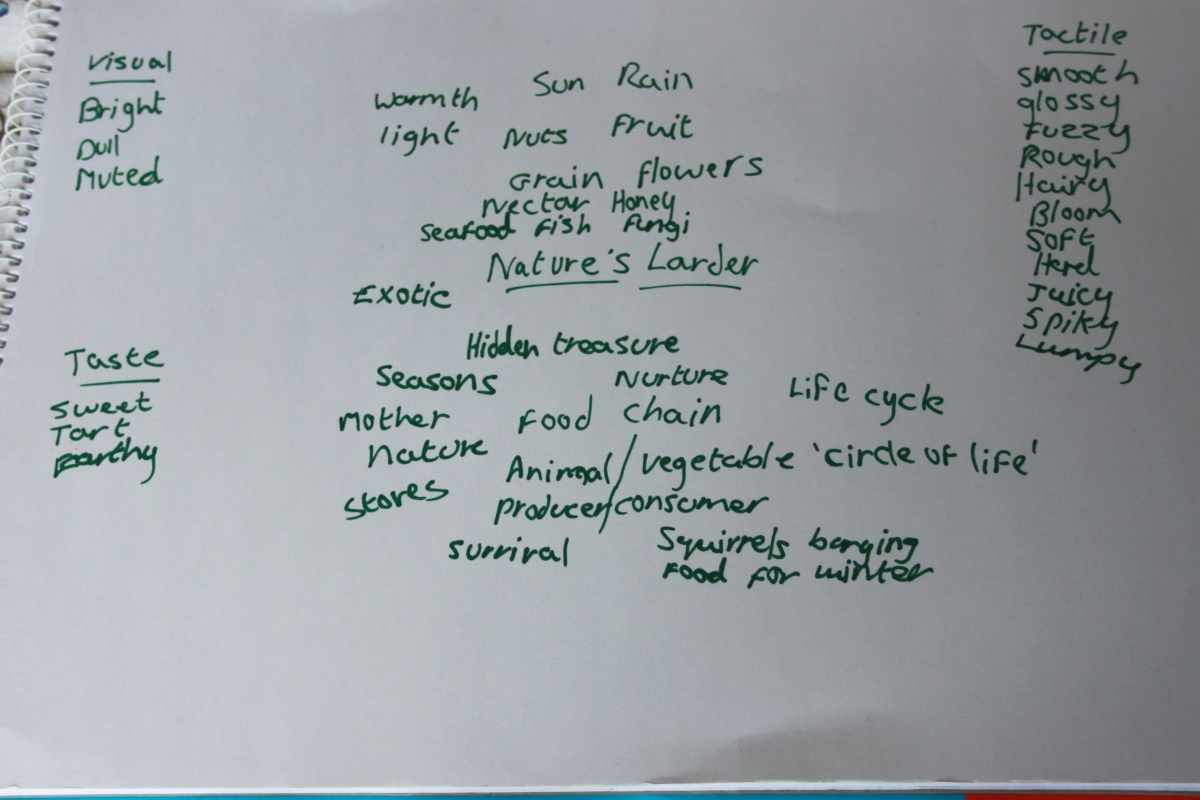Overall, I was pleased with the feedback from my tutor. She said the drawings were good, which helps my confidence and that my level of reflection and evaluation is high. She pointed out that learning log is underdeveloped and this is an area I will need to work on. The process of documenting my work is fairly new to me, but as I progress through the course, this will become more natural and easier.
My artist research related to the project is limited and doesn’t really say what they mean to me – I don’t have a lot of experience in this area. My tutor suggested exploring a wider range of artists to find work that I can relate to. She also gave me some ideas to work around my hang-up of ‘copying’ the work of others, which I have been looking into.
Sketchbooks were another area that needs work – I need to show more development to the final drawings.
My tutor gave me a few points to work on, including researching drawing methods, media and tools. I’ve bought a copy of ‘Expressive Drawing’ by Steve Aimone to help me explore and loosen up my ideas of drawing.
